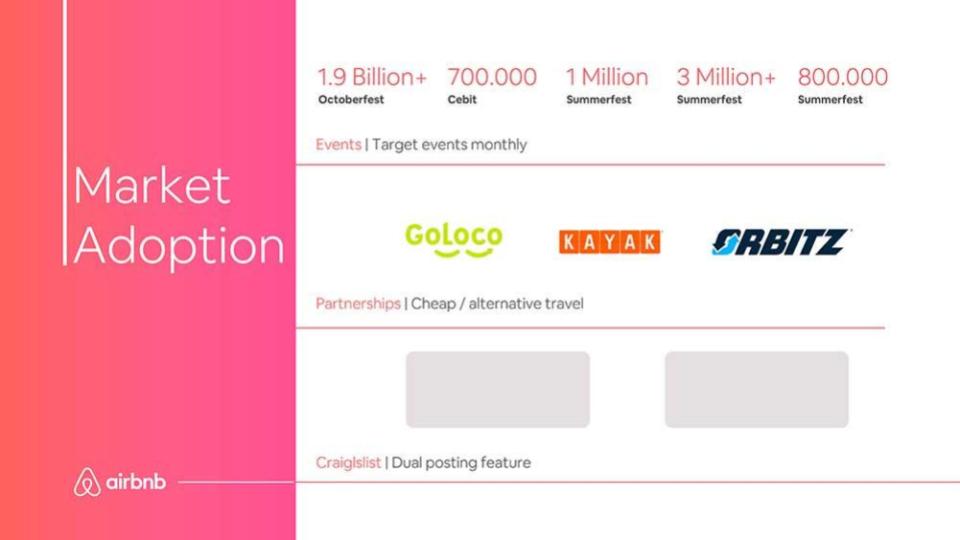My team and I go through 250 to 300 investor decks every single month. Even though a small group of founders has started exploring Notion memos to replace pitch decks, the reality is that most investors will still expect a good old slide presentation.
The following are slides that we constantly see founders struggle to solve. The most common reasons why these slides don’t work?
- Founders haven’t really solved that aspect of their businesses.
- The founder doesn’t understand what the slide means or what it needs to answer for the investor.
Go-to-market slide
What it needs to answer: How will you triple your revenue year over year?
A good go-to-market slide must show the company understands why it’s growing and what it needs to do to continue.
For most decks and most company stages, the go-to-market slide is the most critical in the presentation. Most companies are pitching investors when they have a bit of traction, so it’s safe to assume most of the capital will go toward accelerating growth.
Also, depending on the company stage, “go-to-market” ought to be considered a section rather than an individual slide. As a general rule, the later stage the company is, the longer and more detailed this section becomes. We worked on the pitch deck that raised UpKeep’s Series B round, and the go-to-market section was about seven slides long.
If you are structuring your pitch deck cohesively, the go-to-market will probably be the first slide investors will encounter that details how the company intends to use its funding. We usually put go-to-market slides after the business model slide but before the market size slide; that way, you can dive into expansion after the investor already understands how you make money (and before touching on the market potential).
One of my favorite go-to-market slides comes from Airbnb’s 2009 pitch deck (the one they used for YC Demo Day):

Airbnb’s go-to-market slide from its original 2009 deck as redesigned by Slidebean. Image Credits: Slidebean
Notice how at this point (seed stage), Airbnb had identified three critical go-to-market tactics:
- “Targeting festivals and events” shows a good understanding of the audience willing to “experiment” with their offering.
- “Partnerships with existing booking providers,” a source of growth that is still used today.
- Its “dual posting feature” on Craigslist. At the time, Airbnb had developed a simple bot that automatically cross-posted all new Airbnb listings to Craigslist. All posts had a link back to their website.
Some of the most common mistakes I see on go-to-market slides:
- Being too generic about growth tactics: Founders just make a list of five to six growth channels they intend to experiment on without going into detail about what they are doing there and what they are doing differently from their competitors.
